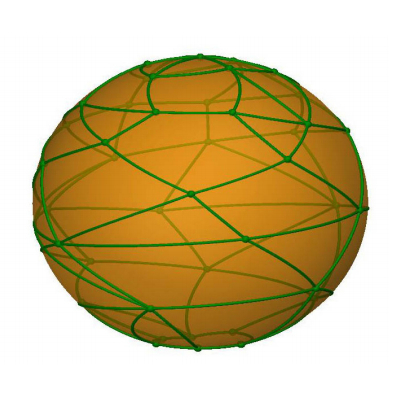SURFACE TOPOLOGY
The classification of surfaces was made in the 19th century: two connected, closed and bounded surfaces are equivalent if and only if they have the same number of edge components, orientability and Euler characteristic (see below). These three pieces of information completely determine which surface it is. On the other hand, two surfaces are equivalent if one can be transformed into the other through deformations without breaking, or even deformations with breakage followed by “gluing back in the same place”.
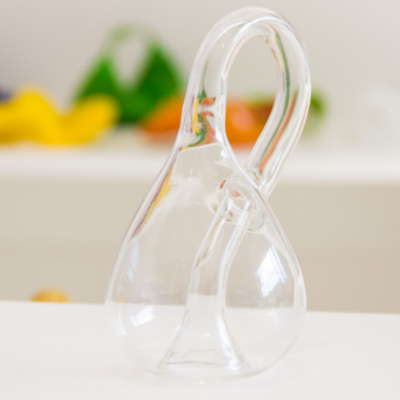
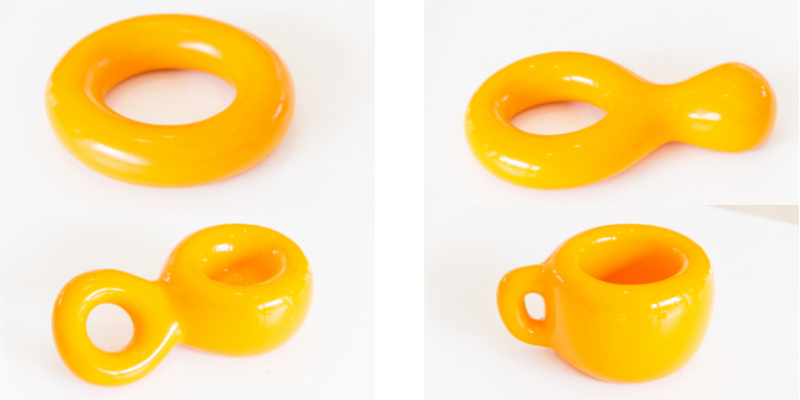
The enameled surface of a cup and a torus (which is the shape of the tire tube) are equivalent in this sense, as we can deform, at least imaginatively, into each other. A convex polyhedron can be deformed into a sphere, and so on.
Some surfaces, like the Möbius strip, have a border, while others, like the Klein bottle, do not. The edge consists of one or more simple closed curves in space, forming nodes or links.
Surfaces can also be “two-sided” (orientable) or “one-sided” (non-orientable). You can investigate this by walking your finger through them. Note that if you only go around once, your finger will not return to the same place!
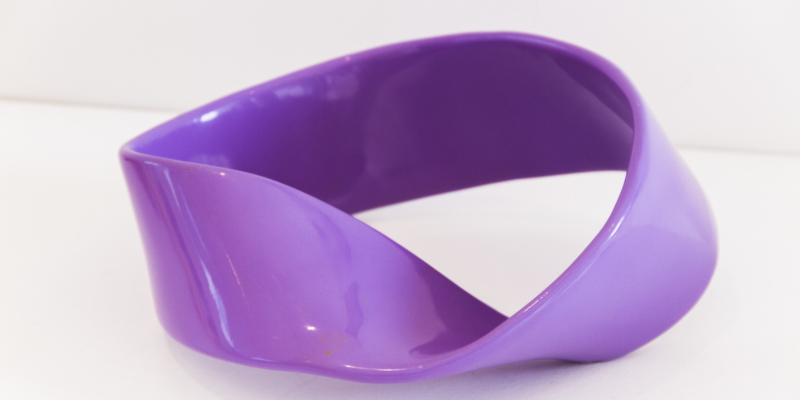
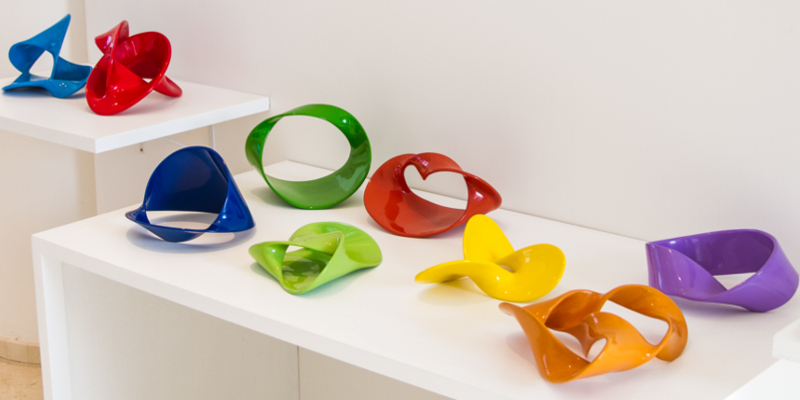
These pieces, which resemble artistic or craft objects, illustrate a specific area of
Topology, which is Algebraic Topology. In this theory, surfaces are seen for their most intrinsic properties, which
do not vary under deformation, unlike geometry, which is concerned with the exact shape of objects in space.
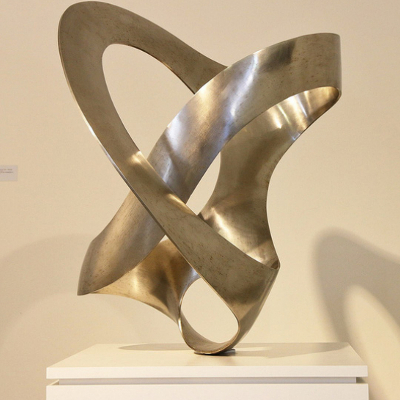
An important piece of information about a surface is its Euler characteristic (χ), which can be obtained from any subdivision of the surface into polygons. Counting faces (F), edges (A) and vertices (V) of the subdivision, the number χ=F−A+V is calculated. It is possible to show that this number does not depend on the chosen subdivision. The sphere, for example, has an Euler characteristic of 2, which is why all convex polyhedra satisfy Euler's formula.
